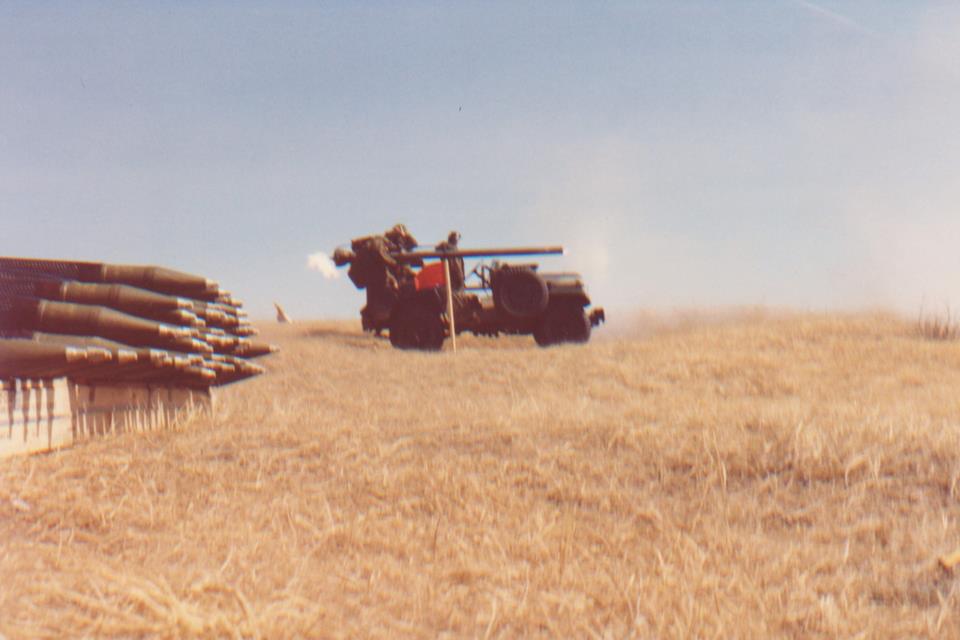Antipersonnel (AP) landmines are indiscriminate weapons that contain explosive material with denotation systems triggered by target contact. They are designed to injure or kill soldiers for logistical advantage. In the 1950s, the modern landmine was put to wide use in the Korean War, the Vietnam War and Pol Pot’s reign in Cambodia etc. Between the 1960s and 1980s, the random dissemination of AP mines began and over three million landmines were believed to have been placed annually.
Unfortunately, when these conflicts ceased, millions of landmines were not removed and continued to cause harm by killing and injuring civilians and destroyed livelihoods by rendering large areas of land unusable.
The 1997 Mine Ban Treaty banned the use, production, stockpiling, and transfer of AP landmines, and requires states to destroy their stockpiles and clear all known minefields under their jurisdiction. As of October 2016, there are 162 states party to the agreement, committed to ending “the suffering and casualties caused by anti-personnel mines.”
Each year the International Campaign to Ban Landmines releases a summary of the “developments in mine ban policy, use, production, trade, and stockpiling, and also includes information on contamination, clearance, casualties, victim assistance, and support for mine action.” The most recent report, The Landmine Monitor 2016, was released on Tuesday November 22, 2016.
Global casualties from landmines reached a decade-high in 2015 and financial support for action has fallen 23% since 2014. According to the report, “the sharp increase in casualties in 2015 is due to more casualties recorded in armed conflicts in Libya, Syria, Ukraine, and Yemen.”
The following infographic illustrates the reports key findings:

Information sourced directly from the following source: Landline Monitor 2016
Imagery: Metal Detector, Explosion, Soldier,
Photo: US Soldiers removing landmines (2015), by Akadruid via Wikimedia. Licensed Under the Public Domain.
Disclaimer: Any views or opinions expressed in articles are solely those of the authors and do not necessarily represent the views of the NATO Association of Canada.




